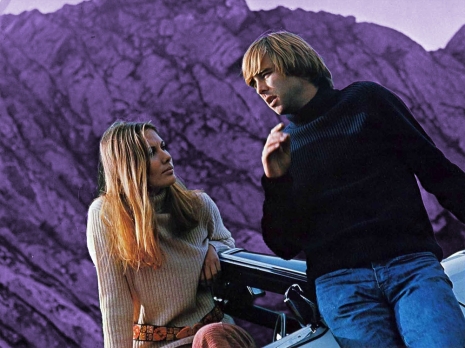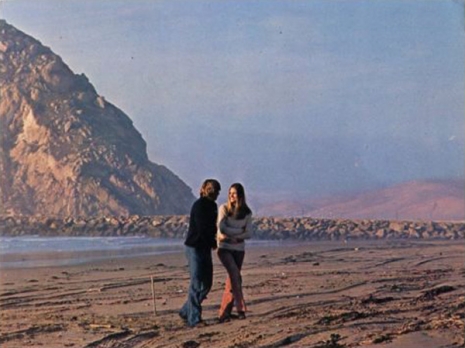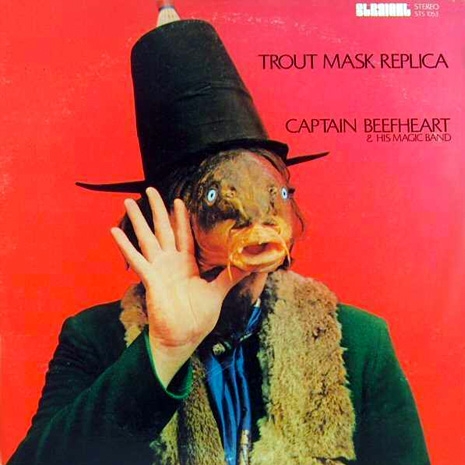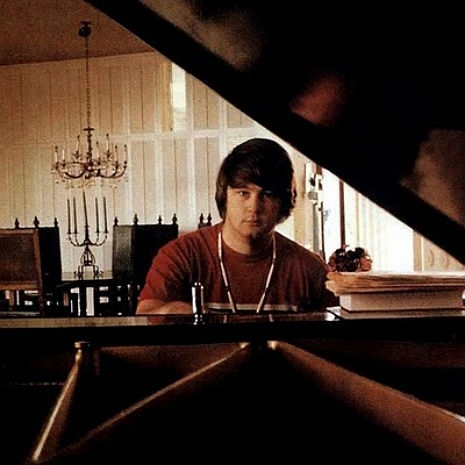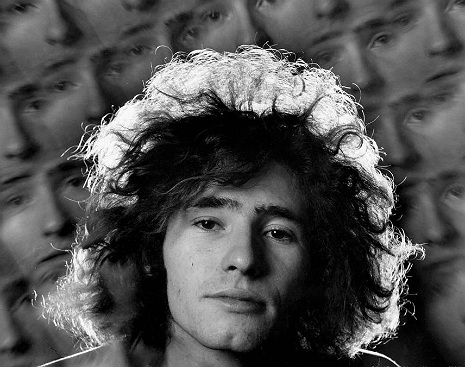
On April 25, 1967, CBS ran a special documentary that had been put together by David Oppenheim called Inside Pop: The Rock Revolution. The program was significant on a number of fronts. First, the hour-long program has been called in some quarters the first documentary about rock and roll ever made. There had certainly been ample treatment in feature films (mainly the Beatles) of the new forms of pop music that were budding in that decade as well as ample news coverage—whether Inside Pop merits this distinction I will leave for others to debate.
What is clearer is that the program represents almost certainly the first sustained effort to make a positive case for pop music to a mainstream audience on national TV. In other words, if the generational divide caused all cultural matters to be filtered through an “us” versus “them” filter, Inside Pop made no bones about debating the aesthetic and cultural merits of Herman’s Hermits, the Hollies, the Beatles, Bob Dylan, etc. from “their” perspective, from the perspective of those who had not instinctually embraced the new music.
Oppenheim’s resume up to that moment neatly illustrates the point, having made his reputation through working with figures such as Igor Stravinsky and Pablo Casals. Not long after making this program, Oppenheim was hired as Dean of NYU’s School of the Arts, which he has been credited with transforming into a first-rate cultural arts institution. (His son Jonathan Oppenheim edited the groundbreaking documentary Paris Is Burning.)
The program is divided into two halves. The first half is given almost entirely over to Leonard Bernstein, whose credibility as a cultural commentator to the mass audience at that moment can hardly be overstated. Bernstein had been music director of the New York Philharmonic for roughly a decade and had also composed the operetta Candide as well as West Side Story, and if you had asked ten moderately informed citizens in 1962 what American was best known for his work in classical music, probably all of them would have named Bernstein.
As stated, the first half of the program belongs to Bernstein—he is seated at a piano, playing snippets of songs by the Monkees, the Beatles, the Left Banke, and so on, and making observations about unexpected key changes as well as the skillful manipulation of Lydian and Mixolydian modes, whatever they might be. Bernstein goes out of his way to call 95% of pop music “trash” but nevertheless, his essential curiosity and openness to new forms would be impossible to miss. It would have been difficult indeed for such a presentation to be entirely devoid of fuddy-duddy-ism, but it’s truly an impressive performance—if only TV nowadays had similar semi-improv’d disquisitions on music by qualified commentators. Oh, and halfway through it all Bernstein brings in 15-year-old Janis Ian to sing “Society’s Child,” her hitherto blacklisted song about an interracial relationship, which incidentally soon became a hit after being heard on national television.

The second half of the program is a conventional narrated documentary focusing on the West Coast music scene with some British Invaders mixed in. Frank Zappa pops up and says a few sardonic things. Peter Noone of Herman’s Hermits and Graham Nash of the Hollies get into an animated post-gig debate about the efficacy of pop music in bringing about societal change (Noone pessimistic, Nash optimistic). Roger McGuinn of the Byrds, still going by “Jim” at that point, materializes to tell every adult in America that “the drug revolution is just coming about and there are gonna be a lot of heads rolling from it,” which I’m sure went over like gangbusters.
The program gets a little boring around the 2/3 mark by focusing too long on Herman’s Hermits, who whatever else their virtues are don’t make a good case for groundbreaking trends in music, but hang on because Oppenheim saves the best for last, an extended in-studio rendition of “Surf’s Up” by Brian Wilson. Recorded on December 17, 1966, Wilson’s performance is made much more haunting because we have information the home audience did not, namely that Wilson was undergoing severe psychological stress at the time, that the Beach Boys nearly broke up over the Smile album (for which “Surf’s Up” was composed), and that more than three decades would pass until said album would reach the public in its final form.
Watch after the jump…






